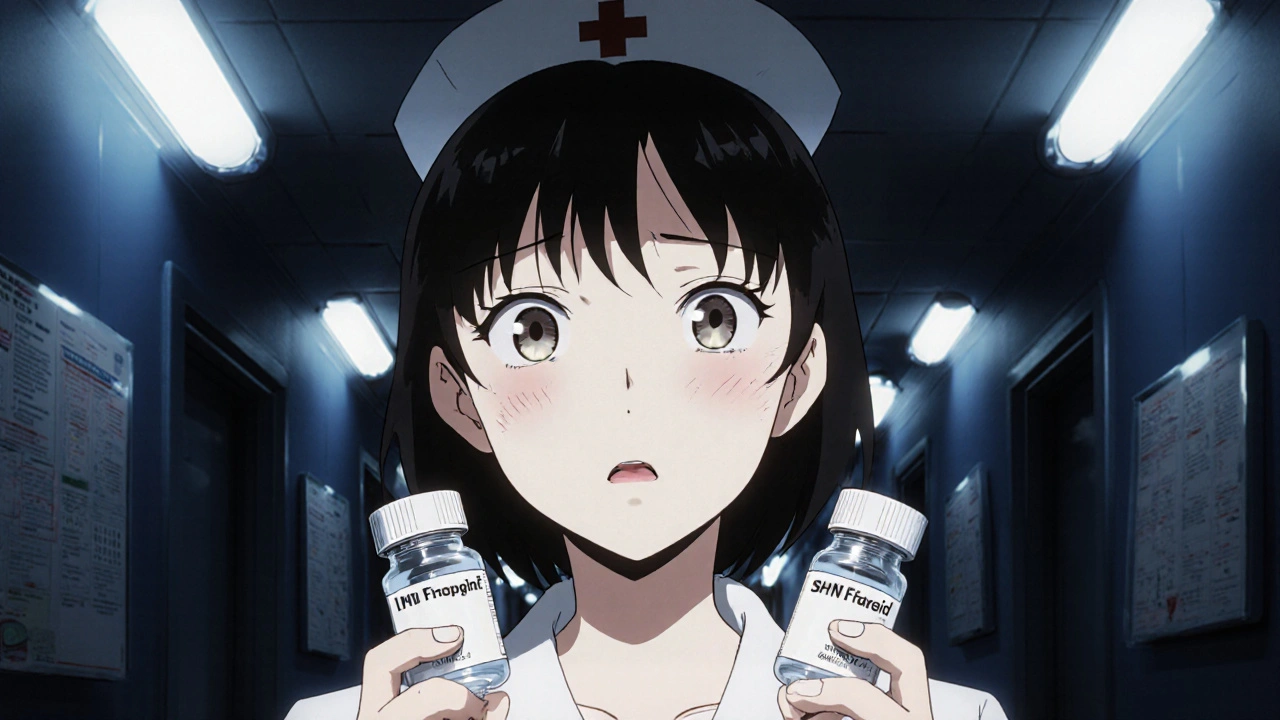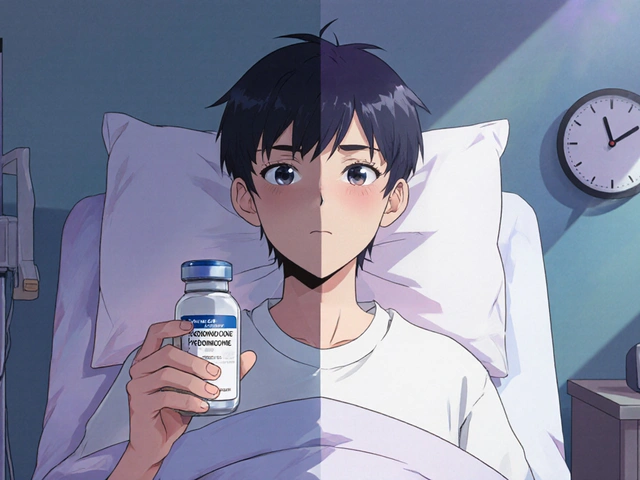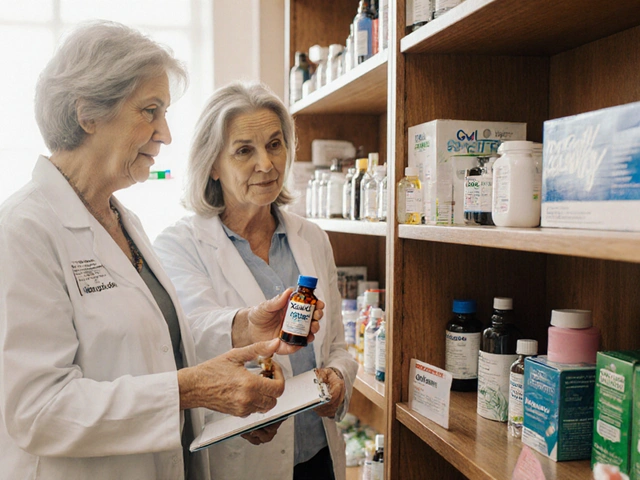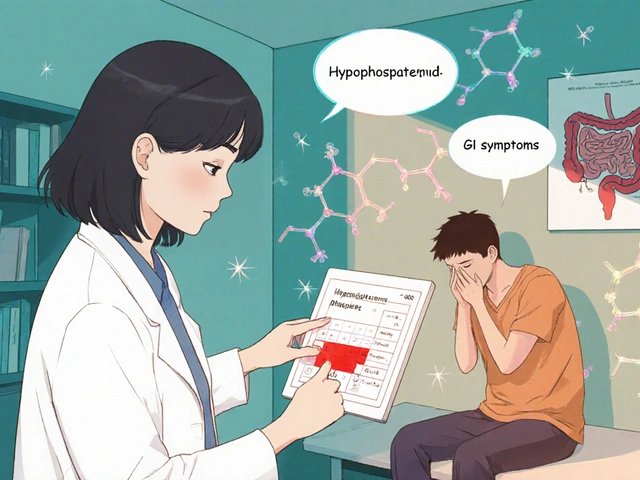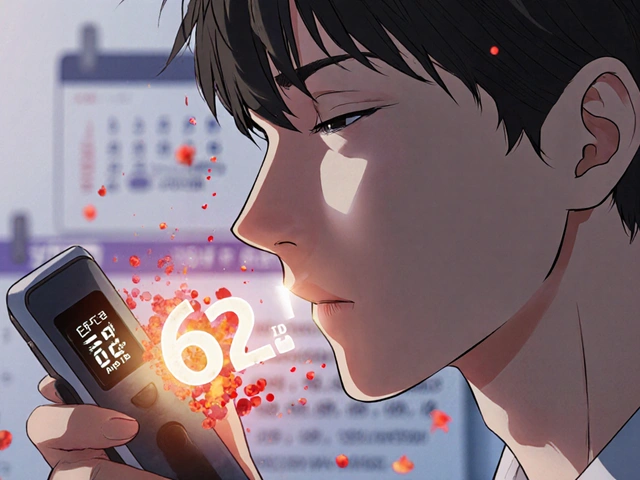Imagine this: a nurse grabs a vial from the shelf, reads the label, and administers what she thinks is levothyroxine-but it’s actually Synthroid. Both are thyroid meds. Both look identical. Both are labeled in small font. The patient gets the wrong dose. Nothing happens right away. But over days, their heart races, their bones weaken, and they end up back in the hospital. This isn’t a hypothetical. It’s happened. And it’s not rare.
Look-alike, sound-alike (LASA) medication names are one of the most dangerous, yet overlooked, causes of medical mistakes. They don’t come from bad intent or laziness. They come from names that look too similar on paper, sound too alike when spoken over a noisy intercom, or come in packaging that’s nearly identical. And they’re causing real harm-sometimes fatal.
What Exactly Are LASA Medications?
LASA stands for look-alike, sound-alike. It’s not just about spelling. It’s about how a drug name looks on a label, how it sounds when a doctor says it over the phone, or how the pill looks in the bottle. The confusion can happen at any point: when a prescription is written, when a pharmacist fills it, when a nurse pulls it from the cabinet, or when a patient takes it at home.
Some examples are terrifyingly simple:
- Hydromorphone vs. hydrocodone - one is a powerful IV painkiller, the other is an oral opioid. Mix them up, and you can overdose.
- Doxorubicin vs. daunorubicin - both chemotherapy drugs. Give the wrong one, and a cancer patient could die.
- Insulin glargine vs. insulin lispro - one lasts 24 hours, the other works fast. Confusing them can send a diabetic into a coma.
- Vecuronium vs. versed - one paralyzes muscles, the other calms anxiety. Give the wrong one in the ICU, and a patient can’t breathe.
Even small differences matter. A 2022 study found that simvastatin 10 mg and simvastatin 20 mg were among the most commonly confused pairs-even though they’re the same drug, just different strengths. That’s how easy it is to slip up.
Why Do These Errors Keep Happening?
You’d think after decades of warnings, hospitals would have fixed this. But they haven’t-not fully. Here’s why:
- Names are approved without enough testing. Drug companies pick names that sound catchy or brandable-not safe. The FDA rejected 34 new drug names in 2022 just because they were too similar to existing ones. But that’s only a fraction of what’s out there.
- Verbal orders are risky. When a doctor says, “Give me the thyroid med,” and the nurse hears “Synthroid,” but pulls “levothyroxine,” it’s too late. No one writes it down clearly.
- Packaging looks the same. Many generic drugs come in identical bottles, same color, same font size. Even the shape and color of pills can be nearly identical.
- Staff are overworked. During night shifts, rush hours, or staff shortages, mistakes spike. A pharmacist told a research team: “When it’s 3 a.m. and you’ve done 50 fills, you start seeing what you expect-not what’s there.”
Studies show that one in four medication errors in U.S. hospitals is due to name confusion. That’s not a small number. That’s 25% of all mistakes. And nearly 70% of those happen during administration-when the drug is actually being given to the patient.
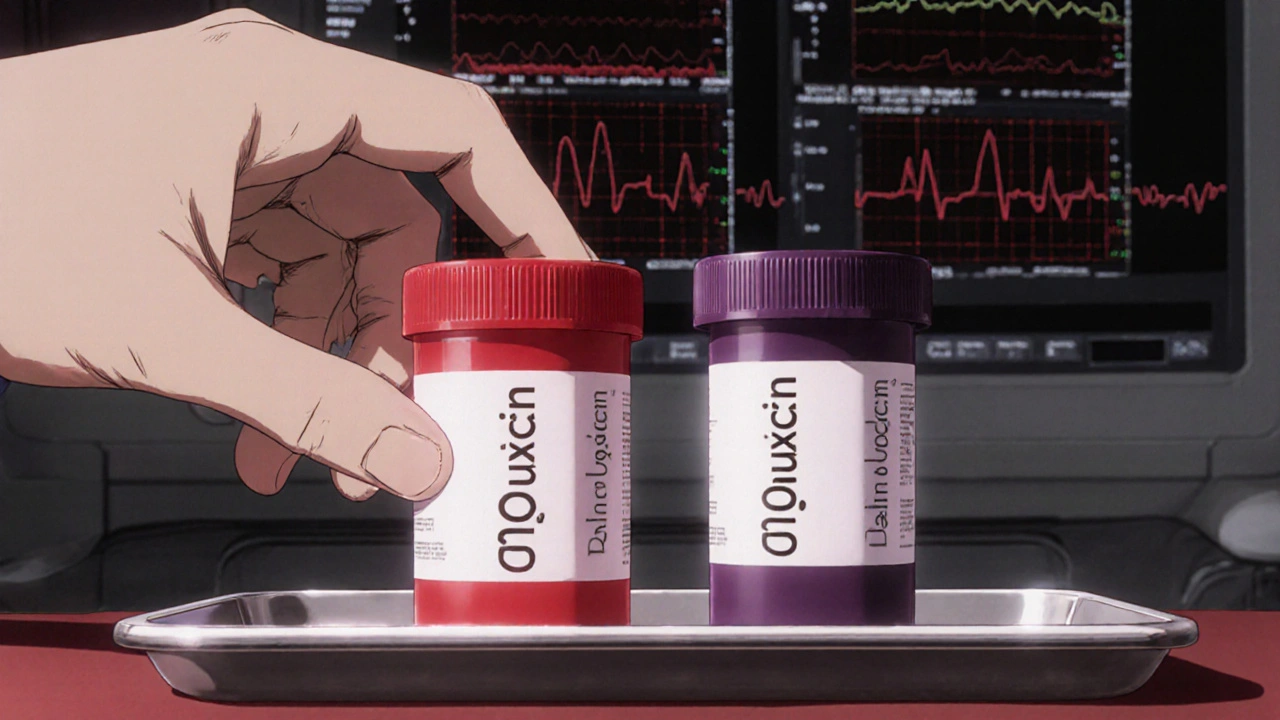
What’s Being Done? Tall Man Letters and Other Fixes
For years, the go-to fix has been tall man lettering. That’s when part of a drug name is written in uppercase to highlight the difference. For example:
- HYDROmorphone vs. hYDROcodone
- cisPLATIN vs. caraPLATIN
- INSULIN glargine vs. INSULIN lispro
The FDA has required this for over 200 drug pairs since 2001. But here’s the problem: it doesn’t work as well as people think. A 2022 review found that tall man lettering creates a “quasi-placebo effect.” Nurses and pharmacists notice it-if they know it’s supposed to help. But if they’re tired, rushed, or never trained on it, they ignore it.
And it doesn’t fix everything. What if the names are similar in sound, not just spelling? What if the bottles look the same? What if the pill is the same color?
More effective solutions are emerging:
- Electronic alerts in EHR systems. Epic and Cerner now flag LASA pairs during prescribing. One study showed a 28.7% drop in errors after implementing these alerts.
- Custom LASA lists per hospital. The Joint Commission says every hospital should make its own list-based on what drugs they actually use. A small clinic doesn’t need to worry about chemotherapy drugs they never stock.
- AI voice recognition. Johns Hopkins is testing AI that listens to verbal orders and flags confusing names in real time. Early results show 89% accuracy.
- Training and checklists. High-risk areas like oncology and ICU now require quarterly training. Nurses are taught to say the full name, spell it out, and confirm strength and route every time.
The Human Cost: Real Stories, Real Deaths
Behind every statistic is a person.
In 2021, a patient in Ohio was given melphalan (a chemotherapy drug) instead of meloxicam (a painkiller). The names are almost identical. The patient suffered severe bone marrow suppression. She died three weeks later.
Another case: a nurse in Texas almost gave naltrexone (used for opioid addiction) instead of naloxone (used to reverse opioid overdoses). The patient was already overdosing. If the nurse hadn’t double-checked, the patient would have died.
The FDA’s MAUDE database recorded 128 deaths linked to LASA errors between 2018 and 2022. That’s not a number. That’s 128 families who lost someone because a drug name was too similar to another.
And it’s not just hospitals. A 2022 AMA survey found that 78% of doctors had experienced a near-miss due to LASA confusion in the past year. Oncologists? 92%.
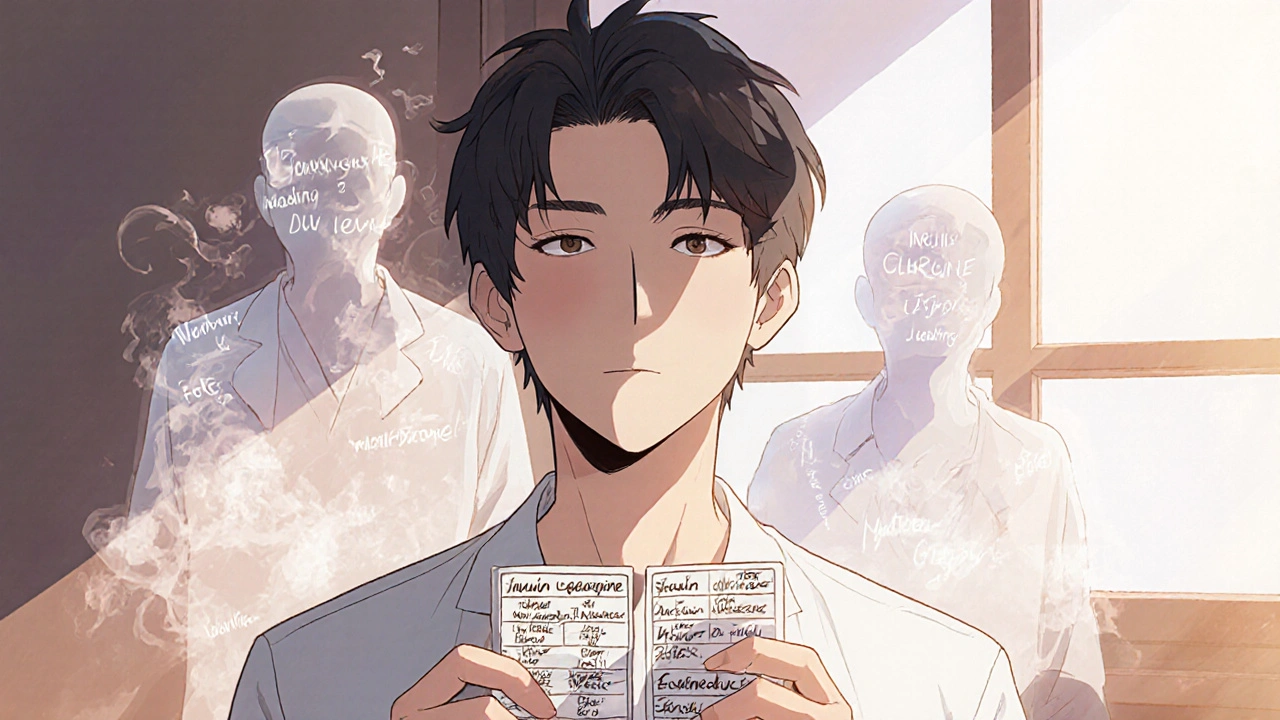
What Can You Do? Even If You’re Not a Doctor
You don’t have to be a nurse or pharmacist to protect yourself or your loved ones. Here’s how:
- Always ask for the generic and brand name. If your prescription says “lisinopril,” ask if it’s also sold as “Zestril.” Know both.
- Check the pill. Take a photo of your pill before you leave the pharmacy. Compare it to the next refill. If it looks different, ask why.
- Speak up. If a nurse says, “I’m giving you your thyroid med,” say, “What’s the name? Is it levothyroxine or Synthroid?” Don’t assume.
- Use a pill organizer with labels. Don’t rely on memory. Write the full name, dose, and time on each compartment.
- Keep a medication list. Write down every drug you take-name, dose, why you take it. Bring it to every appointment.
These aren’t just tips. They’re lifesavers.
The Future: Can We Fix This?
The good news? We’re starting to.
The WHO now calls LASA errors a global priority. The FDA is pushing for mandatory testing of new drug names using algorithms based on decades of research. The International Pharmaceutical Federation wants universal design rules for drug names and packaging by 2030.
And the data shows progress: hospitals with full LASA programs cut errors by 37.4%. AI tools are getting smarter. Training is becoming standard.
But here’s the hard truth: technology alone won’t fix this. You can have the best EHR system in the world, but if a nurse is exhausted, distracted, or never trained to slow down, mistakes will happen.
The real solution is a mix: better names, smarter tech, stronger training, and a culture that says: “It’s okay to stop. It’s okay to ask. It’s okay to double-check.”
Because in healthcare, the difference between a safe dose and a deadly one can be one letter. One sound. One moment of distraction.
Don’t let it be yours.
What are the most dangerous look-alike, sound-alike drug pairs?
The most dangerous pairs involve high-alert medications. Examples include: hydromorphone vs. hydrocodone, doxorubicin vs. daunorubicin, insulin glargine vs. insulin lispro, vecuronium vs. versed, and naltrexone vs. naloxone. These mix-ups can lead to overdose, respiratory failure, cardiac arrest, or death. The ISMP updates its High-Alert Medication LASA List annually, and as of 2024, it includes 12 new pairs like melphalan vs. meloxicam.
Does tall man lettering actually prevent errors?
Tall man lettering-like HYDROmorphone vs. hYDROcodone-helps, but it’s not a cure. Studies show it reduces errors only when staff are trained to notice it. In busy or high-stress environments, many people overlook it. It works best when combined with electronic alerts, clear labeling, and verbal confirmation protocols. It’s a tool, not a solution.
Why do drug companies create confusing names?
Drug companies often pick names that are easy to remember, sound professional, or align with branding-not safety. The FDA reviews new names, but the process isn’t foolproof. In 2022, the FDA rejected 34 new drug names because they were too similar to existing ones. Still, many confusing names slip through, especially for generics or drugs approved years ago before safety standards were stricter.
How common are LASA errors in the UK?
While exact UK data is less publicized than U.S. numbers, the NHS and the Medicines and Healthcare products Regulatory Agency (MHRA) confirm that LASA errors are a leading cause of avoidable harm in pharmacies and hospitals. The UK follows similar safety guidelines as the WHO and uses tall man lettering and electronic alerts. However, resource gaps in smaller clinics mean implementation varies. The NHS Patient Safety Strategy 2023 lists LASA errors as a priority area for improvement.
Can AI really help stop these errors?
Yes. Early AI systems that listen to verbal medication orders and flag confusing names have shown 89% accuracy in trials. At Johns Hopkins, the system alerts clinicians in real time when a doctor says something like “give me the insulin” without specifying type. It doesn’t replace human judgment-it supports it. These tools are being rolled out in major U.S. hospitals and are expected to reach the UK and EU within the next two years.
What should I do if I suspect a LASA error happened to me or someone I know?
If you suspect a medication error, speak up immediately. Ask for the full drug name, dose, and purpose. Request a copy of the prescription and medication record. Report it to the pharmacy or hospital’s patient safety team. In the UK, you can also report it to the MHRA via their Yellow Card system. Don’t wait. Even a near-miss can help prevent future harm.
